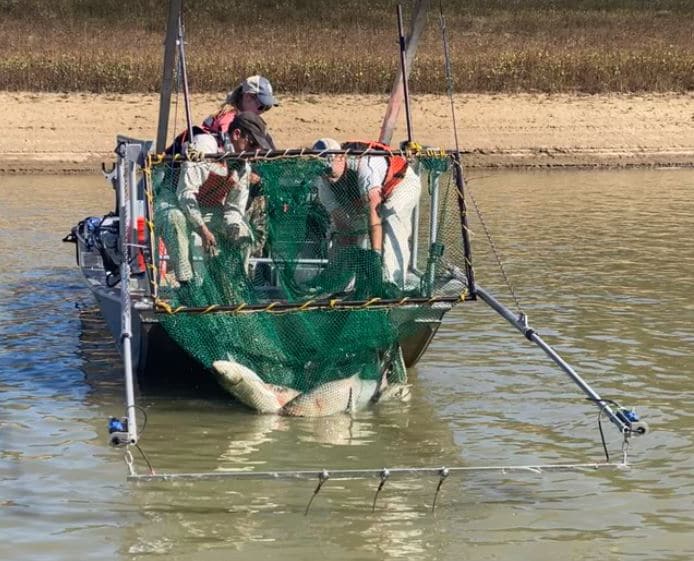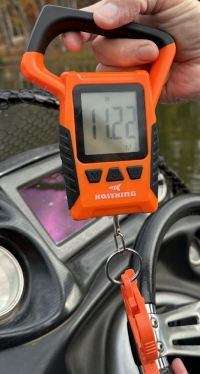“Baby its cold outside!” For some reason that song keeps going through my mind. Temperatures in the low 20s are not usual here, thank goodness! But when they hit, unusual problems pop up.
The pressure switch on my well will freeze if the temperature stays in the low 20s overnight. A heat lamp on it solves the problem, if I remember to turn it on! Outside faucets will freeze. I have “freeze proof” faucets on the outside of my house, but I found out a couple of years ago they will freeze if you leave a hose attached!
Many houses are like mine, with heat pumps to warm them. But a heat pump can’t get enough heat out of air in the low 20s, so they switch to either gas or electric strip to produce heat. Problem is, the relay that tells it to switch over can go out, and you won’t know it is bad until it doesn’t work on a cold night!
Farmers have an especially tough time in bad weather like Texas had this week. Taking care of livestock and other farm animals is miserable for the farmer but can be deadly for the animals if not done.
Every winter when I was growing up seemed to produce a few days when the temperatures didn’t get above freezing. Our 11,000 laying hens didn’t stop eating, drinking or laying eggs.
We had seven chicken houses. The older four were wide, open structures with shavings on the floor. Nests were attached to the inside of the walls and filled with shavings. Food troughs had to be filled with five-gallon buckets of food brought from the big bin twice a day
A trough ran the length of each house. Water ran very slowly into one end. At the other a drain kept it from overflowing. The pipe nipple had to be pulled from the drain and the trough flushed out every day, chickens don’t know not to poop where they drink!
That water trough would sometimes freeze overnight so we would have to break the ice out by hand so fresh water would be available to the birds. I hated that wet, messy job.
The other three houses were modern, with cages along the inside walls of narrow houses. A small trough for water ran the length of the house, and it had to be cleaned, too. A bigger trough was filled with a motorized cart that augured it into the trough, much easier than carrying buckets!
On very cold days and nights, we had to gather the eggs every hour to keep them from freezing. The caged chickens’ eggs rolled out onto a wire shelf, so they froze fast. Even the ones in the old houses nests would freeze since the chickens didn’t stay on them after laying them.
With that many chickens, gathering the eggs hourly was never-ending. By the time we made a circuit of all the houses, it was time to start over!
Now, the only time I have to go out in miserable weather is to go fishing. But for some reason, eight hours in a boat is not unbearable, no matter how bad it gets!










 FOUR DAYS ONLY, the
FOUR DAYS ONLY, the  Limited Quantity of Stormy Kromer Leaf Pile Flannels
Limited Quantity of Stormy Kromer Leaf Pile Flannels